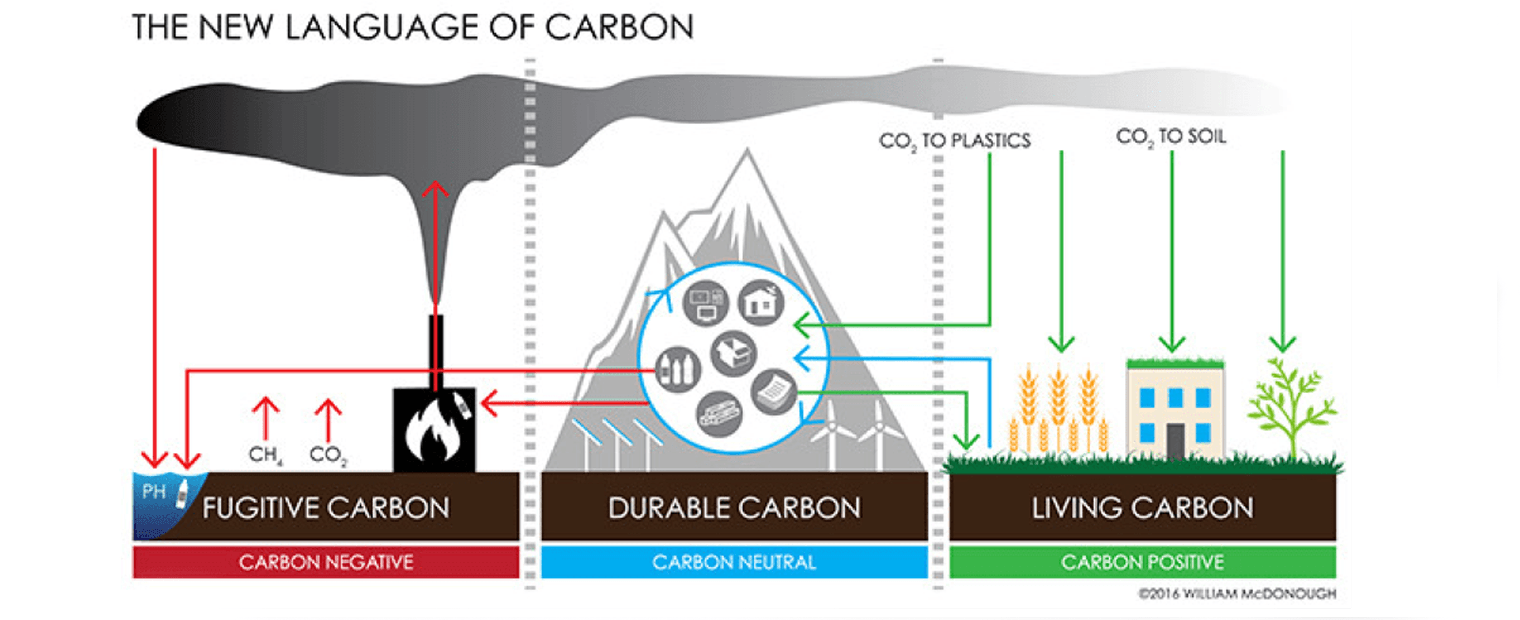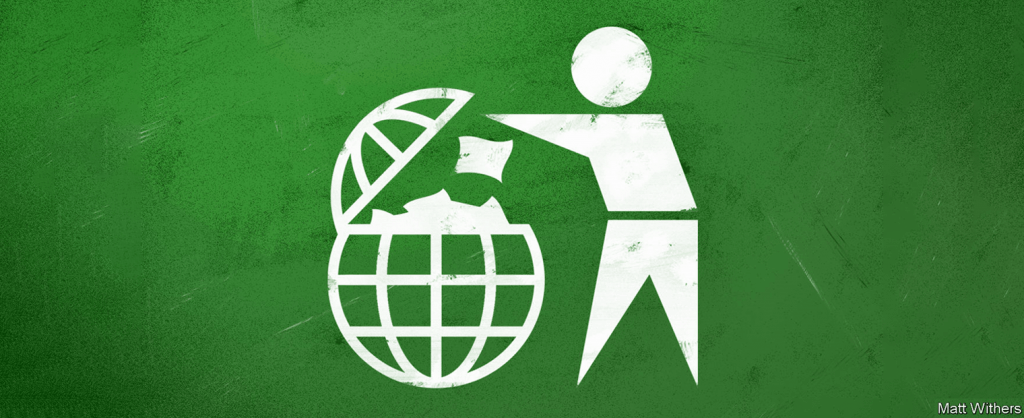William McDonough wants to redefine the carbon language. In his article for Nature Journal, McDonough states humans have made carbon a toxin. He has a point. In the right place, carbon is a resource and a tool.
McDonough describes 3 types of carbon: Fugitive, Durable and Living.
Fugitive Carbon is a toxin to our planet and our health. It is the result of unsustainable human activity such as fossil fuel production, landfills, and ‘waste-to-energy’ plants. The carbon mankind release into the atmosphere needs to be captured and turned into a durable or living carbon.
Durable Carbon is a resource. It is a carbon that is locked in stable solids. For example, a plastic bottle that is manufactured and then recycled sequesters the carbon. On the other hand, if the same plastic bottle ends up in the ocean, the carbon becomes a fugitive, a toxin to our oceans.
Living Carbon is source. Carbon is the critical ingredient to the biological cycle. It is organic and needed for healthy and fertile soils. McDonough states. ‘carbon in the atmosphere is a liability,’ McDonough states, ‘but in the soil, it’ an asset.’
To tackle climate change, we need to rethink carbon.


